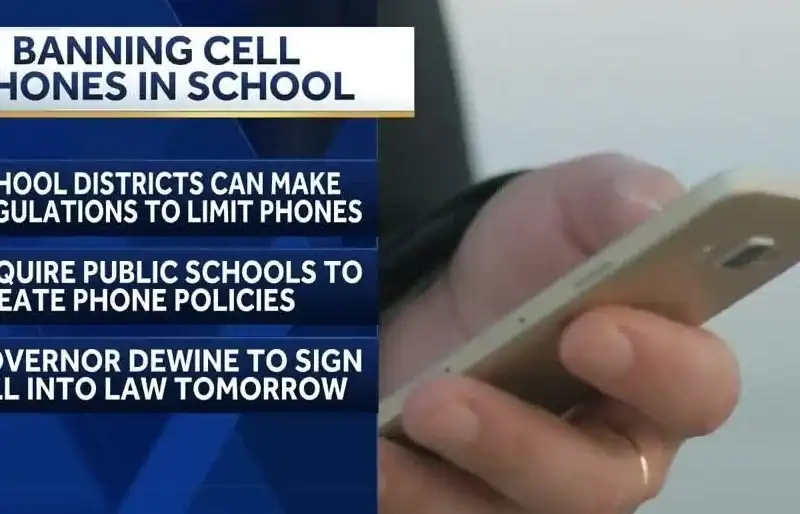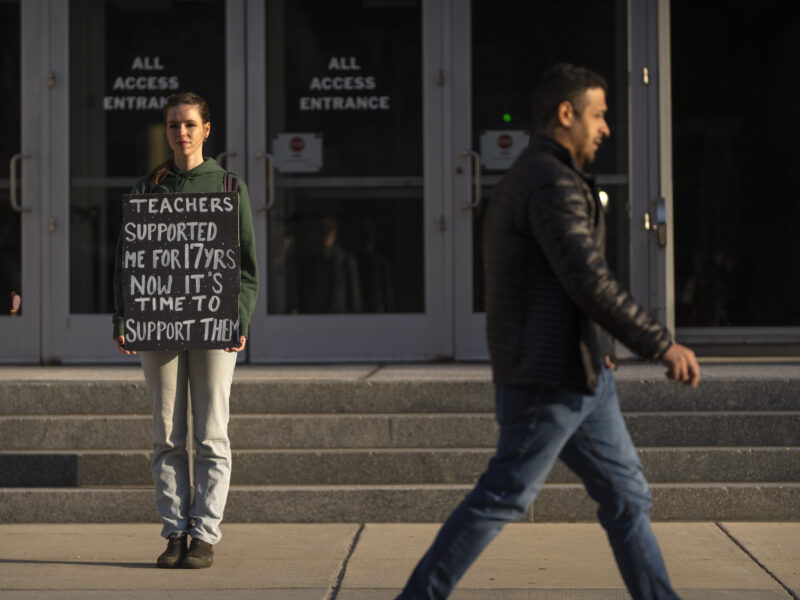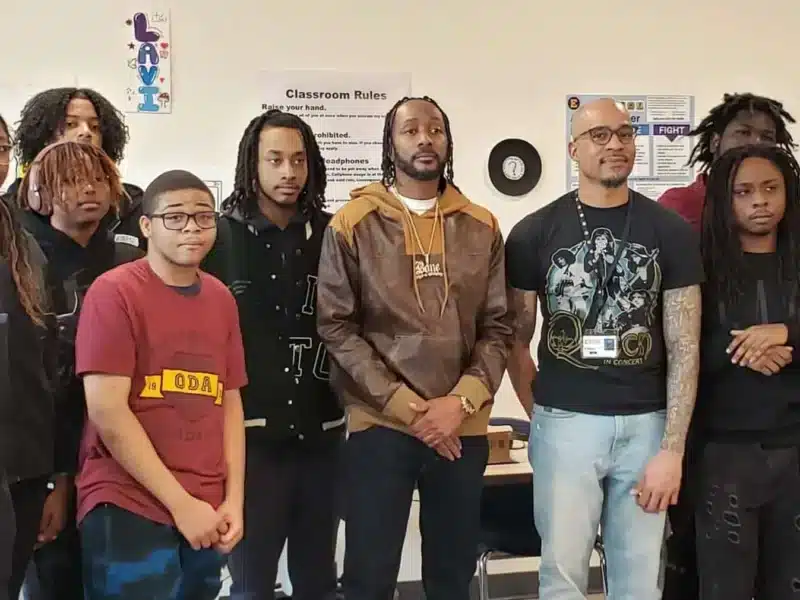Listen to this articleBy: Marissa Valentine Cleveland parents and educators are joining a growing national conversation about the effects of artificial intelligence (AI) on student learning, as a new MIT study warns of a phenomenon called “cognitive debt.” At the beginning of this school year, concerns have risen that overuse of AI tools like ChatGPT […]













